Car wash industry background
Car washing is a relatively new industry in Australia.
The industry has grown rapidly in the last three decades, with businesses evolving from simple car cleaning sites to multi-facility enterprises catering to a wide range of car owners.
And, with an ever-increasing percentage of the population using commercial car washes, there is market share available for new ventures if the site is chosen carefully.
Customer demands for convenience, particularly amongst post-Baby Boomer demographics, have seen a predominantly young male market become broader and include multiple age groups and sexes.
Car wash operators have also met market demands by providing additional and compatible services such as dog wash and vending machines.
All of this and a growing awareness that commercial car washes are environmentally friendly places to clean vehicles – quick, easy and not too expensive.
Car wash operating regulations – the environment
Every commercial car wash site must be licenced to comply with local by-laws, such as requiring all wastewater to be directed to sewer and with water authority guidelines for reducing water use.
Water management is based on strong environmental standards. High-pressure, small nozzle delivery provides the most efficient minimisation of water use. Where practical, water is recycled on-site under risk management plans to maintain satisfactory health and quality outcomes.
All wastewater is directed to a settling pit and then into the sewer, ensuring no pollution of the stormwater systems and waterways. This contrasts with the waterway pollution caused by non-regulated vehicle washing on driveways, streets, or other paved areas where waste flows into stormwater and Australia's fragile waterways.
It is vital for the industry's future growth that positive public education campaigns promote the environmental benefits of using commercial car wash facilities both in their treatment of wastewater and their minimisation of fresh water used.
